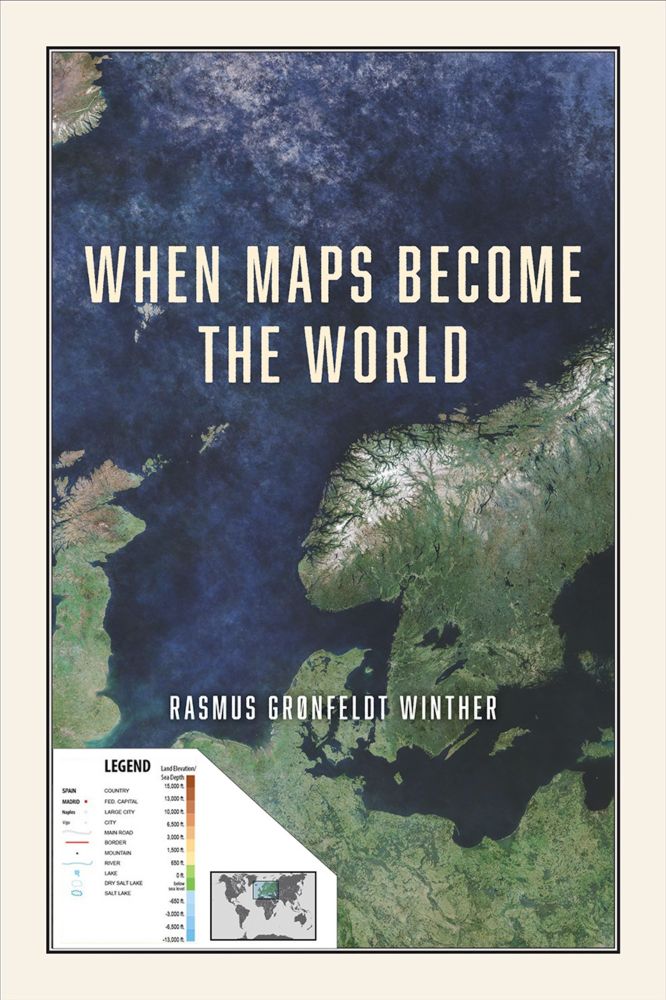My reaction to social AI had always been one of dismay, disgust, fatalism, maybe even grief for our species.
I won't say this conversation left me feeling optimistic, exactly, but it certainly broadened my imagination.
10.10.2025 18:47 — 👍 8 🔁 2 💬 1 📌 0
A fun one! In which we discuss...
- the deep evolutionary history of birds
- sci-fi-sounding structures in bird brains
- the perennial puzzle of magnetoreception
- seasonal changes in bird (and some mammal) brains
- unihemispheric sleep
- gynandromophry
- the extractive foraging hypothesis
etc.!
02.10.2025 17:55 — 👍 9 🔁 5 💬 2 📌 0
Other volumes of letters folks would recommend? I may be easing into that "mature" stage of reading life...
01.10.2025 17:52 — 👍 1 🔁 0 💬 0 📌 0

This was as good as I hoped—surprised I haven't been hearing more buzz about it!
01.10.2025 17:50 — 👍 4 🔁 0 💬 1 📌 0

Why do we smile?
What makes pulling back the lip corners a fundamentally positive act? Why don’t we beam out good vibes by blinking our eyes or wrinkling our noses?
From our archive, @kensycoop.bsky.social's essay about the (murky) origins of the smile: disi.org/dawn-of-the-...
22.09.2025 16:47 — 👍 10 🔁 4 💬 0 📌 0
Super fun having @manvir.bsky.social on the podcast (again)!
I strongly recommend his new book—especially if you like your non-fiction laced with personal narrative, quirky characters, & history of ideas.
07.08.2025 17:44 — 👍 7 🔁 4 💬 0 📌 0
Thank you, @kensycoop.bsky.social, for having me on! We had a great conversation about shamanism—its cognitive foundations, place in Paleolithic societies, role in Abrahamic religions, manifestations in industrialized societies (including hedge wizards), and much more.
01.08.2025 16:50 — 👍 10 🔁 5 💬 0 📌 0
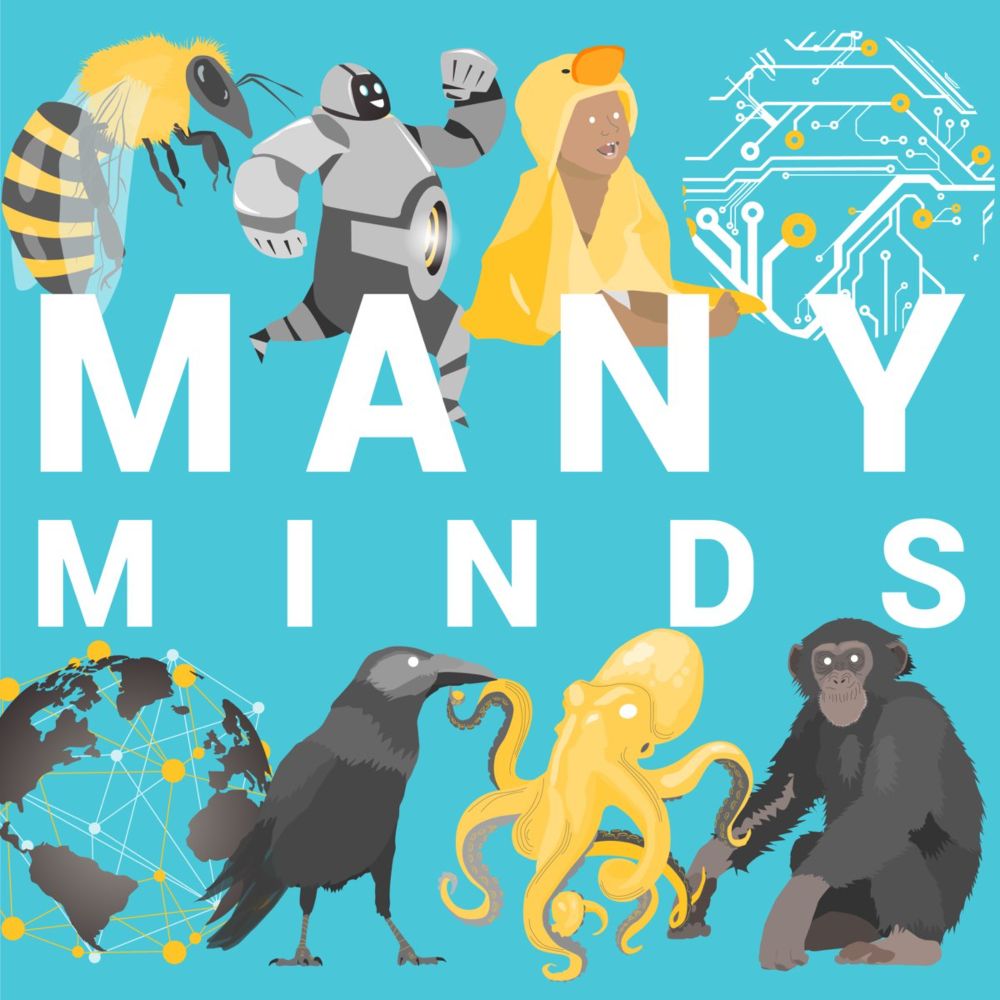
Varieties of childhood
Podcast Episode · Many Minds · 07/10/2025 · 1h 29m
A fascinating podcast with Sheina Lew-Levy and Dorsa Amir about childhood across cultures, very insightful ideas about how contemporary Western parents could learn from forager childhoods, especially the importance of peer culture (read the Opies!).
podcasts.apple.com/us/podcast/v...
20.07.2025 19:24 — 👍 36 🔁 9 💬 0 📌 0
This was such a fun conversation about childhood, play, and agency across cultures. Thanks for having @sheinalew.bsky.social & I on the show!
19.07.2025 13:50 — 👍 15 🔁 9 💬 1 📌 0
This was such a fun conversation - grateful for Kensy's excellent questions and a space to share my ongoing project with @lmesseri.bsky.social!
10.07.2025 13:59 — 👍 16 🔁 4 💬 1 📌 0
Thanks, Molly — it was great having you on the show!
10.07.2025 15:55 — 👍 2 🔁 0 💬 0 📌 0
In which we discuss...
- the Big Five and other "Big Few" models
- the Myer's Briggs
- how personality reliably changes with age
- how personality *doesn't* really change with life events
- the (putative) biological basis of personality
- how personality varies by gender, birth order (?), occupation
03.06.2025 18:36 — 👍 8 🔁 3 💬 0 📌 0
History of Cartography: Volumes One, Two, Three, Four, and Six
On the straight-up history side of things, always fun to spend some time browsing the vast History of Cartography—6 volumes all available in PDF form: press.uchicago.edu/books/HOC/in...
22.05.2025 17:19 — 👍 0 🔁 0 💬 0 📌 0
More colorful example of a coordination device: the Jivaro "banana clock."
Every guest invited to a feast gets a green banana from the same stalk. When the bananas are just about ripe, the guests know the event is due.
(hat tip to William Buckner; reported in Harner, 1973)
21.05.2025 16:15 — 👍 1 🔁 0 💬 0 📌 0
Lots in this one! We touch on:
- ontological shock
- mysticism
- "comforting delusions"
- "unselfing"
- microdosing
- placebo effects & adverse effects
- physicalism and idealism
- belief change
- environmental virtues
- meditation
- psychedelics as "agents of moral enhancement"
20.05.2025 17:43 — 👍 9 🔁 3 💬 0 📌 0
I did write the @publicdomainrev.bsky.social piece on hand mnemonics!
13.05.2025 18:46 — 👍 1 🔁 0 💬 1 📌 0
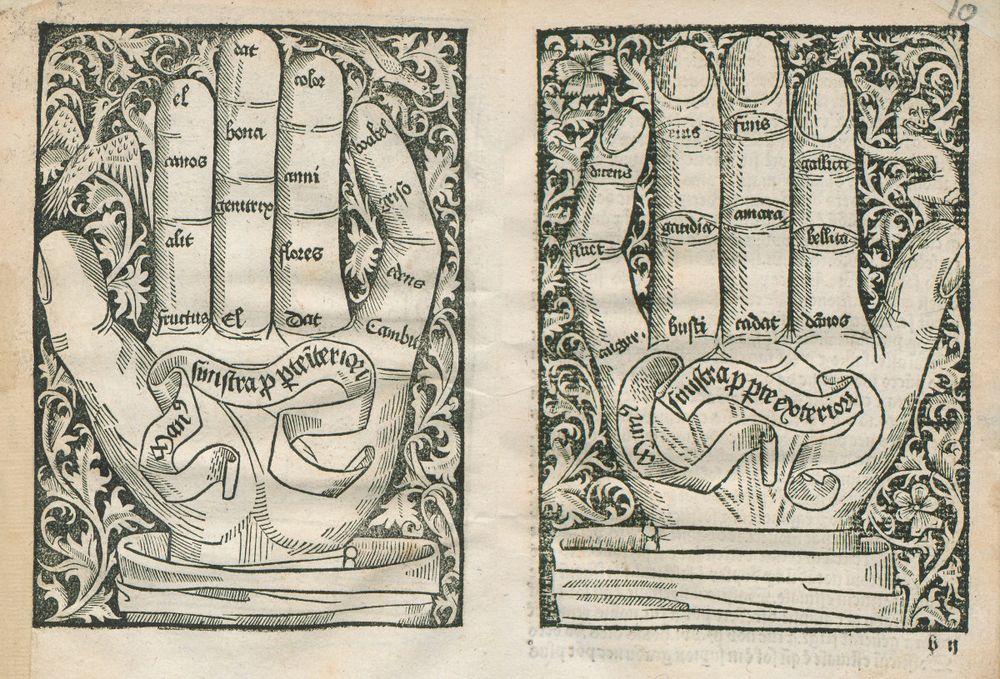
“Handy Mnemonics: The Five-Fingered Memory Machine” — @kensycoop explores the history of storing knowledge on the surface of fingers and palms: https://publicdomainreview.org/essay/handy-mnemonics
13.05.2025 16:48 — 👍 69 🔁 9 💬 5 📌 1
Thanks, Jamie!
09.05.2025 16:11 — 👍 1 🔁 0 💬 0 📌 0
I'm on board!
09.05.2025 00:19 — 👍 0 🔁 0 💬 0 📌 0
Ha, love it!
09.05.2025 00:18 — 👍 2 🔁 0 💬 0 📌 0
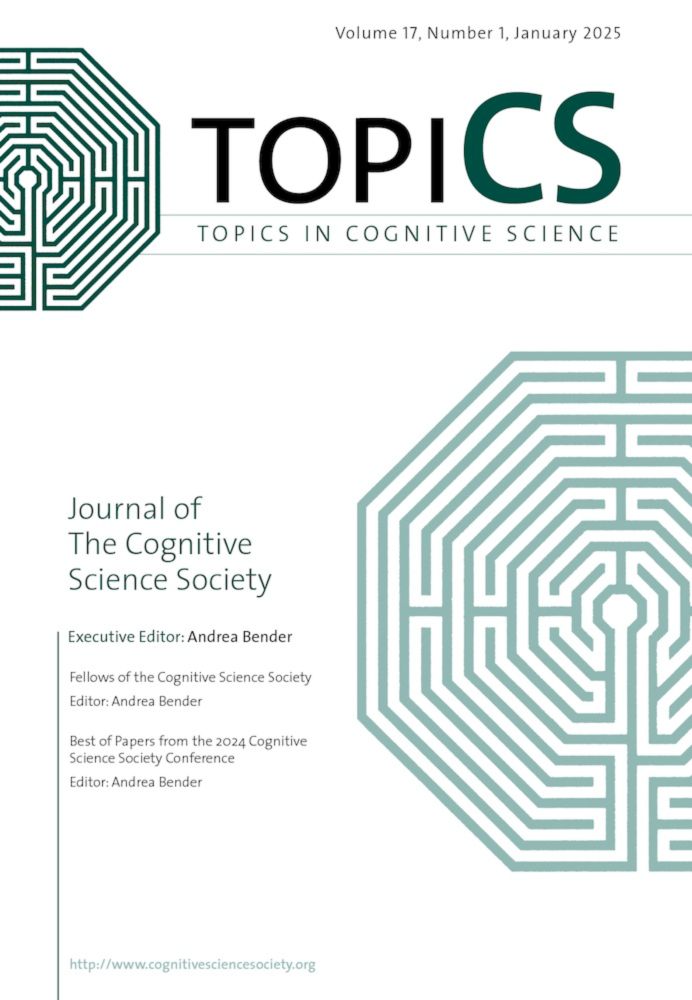
Time Tools
Humans understand time in a way no other animal does. This is not because of our evolved biology, however—it is because we have developed a diverse and powerful toolkit of ideas, practices, and artif...
11/
Just a sampling from the paper. The key idea is that these tools all help humans "do time"—coordinate, predict, reason, measure, etc. My bigger claim, though, is that these tools ultimately changed our very concept of what time is.
For that, read on…
onlinelibrary.wiley.com/doi/full/10....
08.05.2025 16:24 — 👍 8 🔁 4 💬 0 📌 0

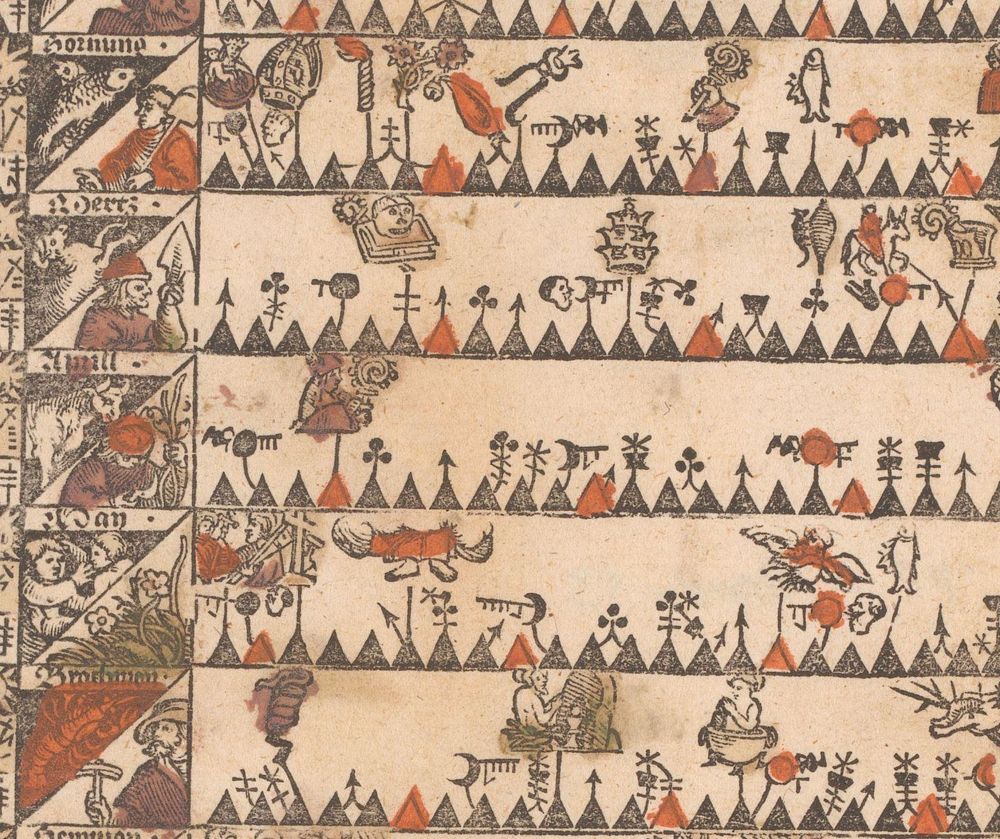
10/
Naturally, I also discuss calendars that are a bit closer to contemporary ones. But even within this more familiar genre, there fun texture—e.g., the calendar sticks once common in parts of Scandinavia, or early versions of graphic calendars.
08.05.2025 16:24 — 👍 3 🔁 0 💬 1 📌 0
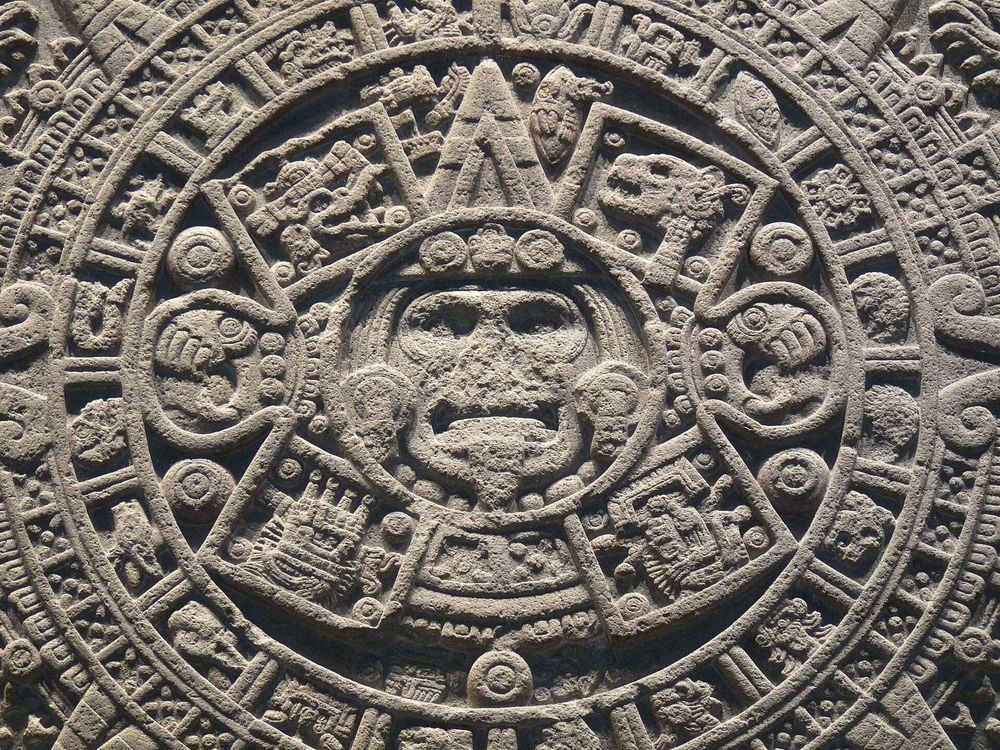
9/
Cultures often associated larger time chunks (years, eras) with animals or other vivid figures—presumably making the chunks more memorable. This is seen, of course, in the Chinese zodiac. Also found in the Aztec system—the four figures around the central face correspond to four major epochs.
08.05.2025 16:24 — 👍 2 🔁 0 💬 1 📌 0
8.1/
These elaborated day series seem to have been quite common in indigenous languages. I suspect that, with the adoption/universalization of weekday names & calendar dates, they fell into disuse in 'Standard Average European' languages. English used to have "overmorrow" after all.
08.05.2025 16:24 — 👍 5 🔁 0 💬 3 📌 0
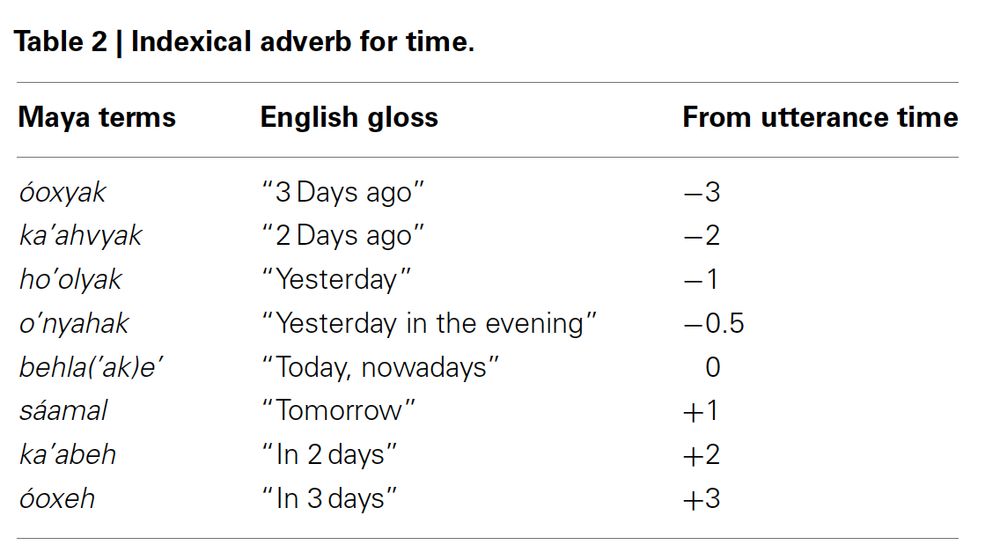
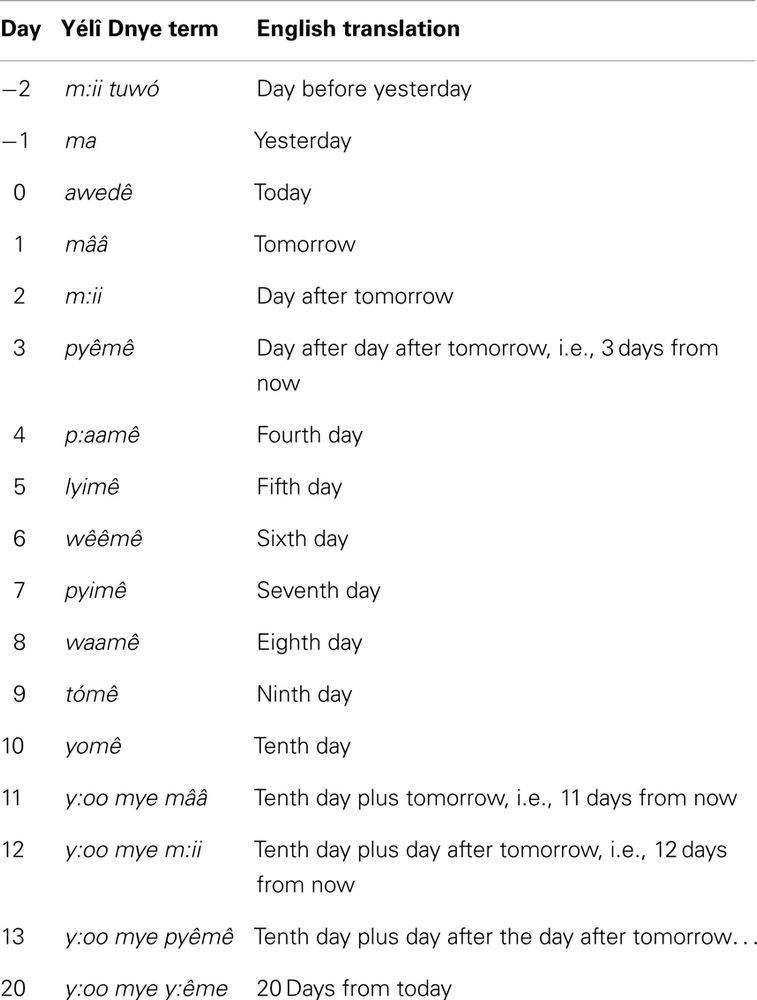
8/
Time words are also a kind of “cognitive tool” that aids in memory and reasoning. English, e.g., has "yesterday," "today," & "tomorrow." Many indigenous languages have far more words in this days-from-today series. Here are tables showing the relevant series in Yucatec Maya and Yeli Dnye:
08.05.2025 16:24 — 👍 4 🔁 1 💬 1 📌 0

7/
A favorite example of a powerful but near-invisible time tool is queuing——discussed by Ed Hutchins (image source). When people form a queue, their spatial position preserves the order of the whole group—no individual needs to remember it, or remember anything at all, really.
08.05.2025 16:24 — 👍 4 🔁 1 💬 1 📌 0

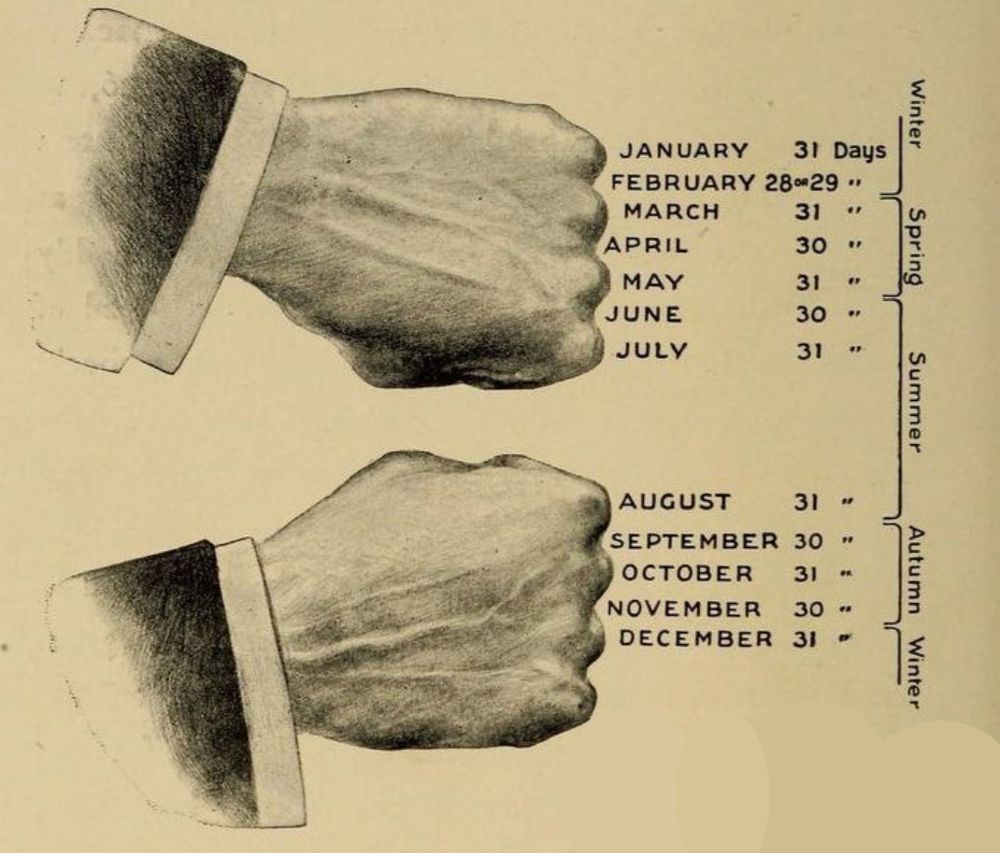
6/
The hands are a flexible time tool. Over the centuries they have housed numerous time-related mnemonics. They are also sometimes used in time estimation—as in a bushcraft trick used to estimate time remaining until sunset.
08.05.2025 16:24 — 👍 2 🔁 0 💬 1 📌 0

5/
The blooming of flowers has figured in time reckoning in other ways. A calendar system in the Andaman islands was structured around the succession of scents produced by blooms. (Also, not in paper but Linnaeus devised a “flower clock” based on the circadian movements of different plants).
08.05.2025 16:24 — 👍 6 🔁 0 💬 1 📌 1
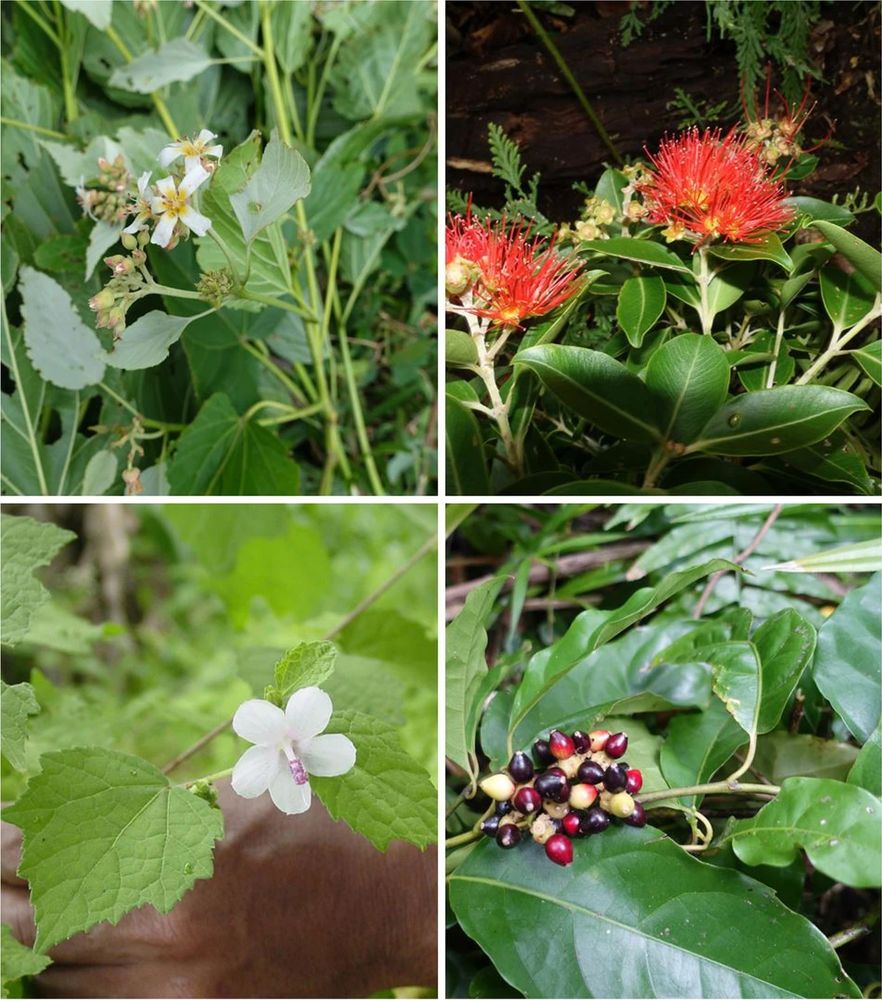
4/
Many cultures tracked dozens (?) of “phenological correspondences”—correlations between events in the natural world—to aid in planning and prediction. As a case study, this paper describes 111 “calendar plants” used in this way in Southern Vanuatu. link.springer.com/article/10.1...
08.05.2025 16:24 — 👍 3 🔁 0 💬 1 📌 0
Assistant Professor of Psychology at UMass Amherst.
Director of the Culture and Morality Lab.
cultural evolution, behavioral ecology, math models, data provenance, MOSAIC group leader @ Max Planck Institute for Evolutionary Anthropology + faculty at the Leipzig School of Human Origins https://babeheim.com/
Research Assistant Professor, Philosophy Department at Lingnan University & Hong Kong Catastrophic Risk Centre. Formerly: HPS Cambridge. Philosophy of Mind & AI from a Biological Perspective. 🏳️🌈
https://scholar.google.com/citations?user=qlNi3AoAAAAJ&hl=en
Cultural evolution of the mind | Assistant Professor @ University of Chicago, Booth School of Business & Faculty Affiliate of UChicago Data Science Institute | He/his | https://joshuaconradjackson.com
Researcher at Ecole Normale Supérieure / CNRS in Paris. Culture, cognition, things in between. https://linktr.ee/oliviermorin
I work as a prof. of morality // ‘cause I think moral thought is a malady // We create black and white // and ignore distant plight // and have questionable thoughts of legality
www.joshuarottman.com
associate professor//community & regional planning. mobility justice, transportation equity, civil rights, environmental justice, accessibility, GIScience, etc. views my own.
Social Interaction, Action and Understanding, Body Behavior, Conversation Analysis, Mixed Methods, Cross-Cultural Comparison, Systems Thinking. Associate Professor at UCLA Sociology.
Knowledge would have little allure if we did not have to overcome so much shame on the way to acquiring it. -Nietzsche
NSF SBE Postdoctoral Fellow at Harvard and UMich • Interdisciplinary researcher studying what kids think about AI • Science Communicator • R Stats nerd • Passionate about Pedagogy • FirstGen 🏳️🌈 • On the academic job market!
Assistant Professor of Psychology at Duke University studying kids & culture. Director of the Mind & Culture Lab. Mom x3. Some people just want to watch the world learn.
dorsaamir.com | mindandculturelab.com
Research Scientist, MIT Sloan
Director, Applied Cooperation Initiative
Co-author, Hidden Games
Research focus: How to motivate people to do good
Research Fellow in Philosophy at the University of Warwick. Interested in animal communication and the evolution of language | Philosophy of mind, philosophy of science. She/her
https://warwick.ac.uk/fac/soc/philosophy/people/palazzolo/
Professor of Psychology & Human Values at Princeton | Cognitive scientist curious about technology, narratives, & epistemic (in)justice | They/She 🏳️🌈
www.crockettlab.org
Professor @ CU Boulder. 🇯🇵 Self-regulation of thought, behavior, & motivation (e.g., procrastination, self-control, mind-wandering, repetitive negative thinking, habits). Improving student learning. 1st-gen. A proud cat daddy🐱 Go Seattle Mariners 🔱
Cognitive scientist, philosopher, and psychologist at Berkeley, author of The Scientist in the Crib, The Philosophical Baby and The Gardener and the Carpenter and grandmother of six.
Asst. Prof. in Psychological and Brain Sciences and Anthropology @ UC Santa Barbara | UC PPFP Fellow | Fascinated by great ape social cognition!
https://www.laurasimonelewis.com/
https://www.originsofmindlab.com/
Born and raised in Japan. Lived in the US, and the Netherlands. Now, I am teaching psychology in a British university. https://warwick.ac.uk/fac/sci/psych/people/skita/skita
Social Neuroscience Professor at UCL studying human brain and behaviour in real world social interactions



